The allure of an exotic pet like iguana is quite captivating. They are not an ordinary lizard boasting thick bodies, long tails, and an unconventional appearance. What’s more? Well, they have quite an impressive size profile as well. From being a petite critter, an iguana can grow up to a whopping six feet in just one year. Thus, for such a rapidly growing creature, housing becomes paramount. Preparing an optimally comfortable and vibrant iguana terrarium is the key to a happy and healthy pet.
Why is Iguana Terrarium Design Essential?
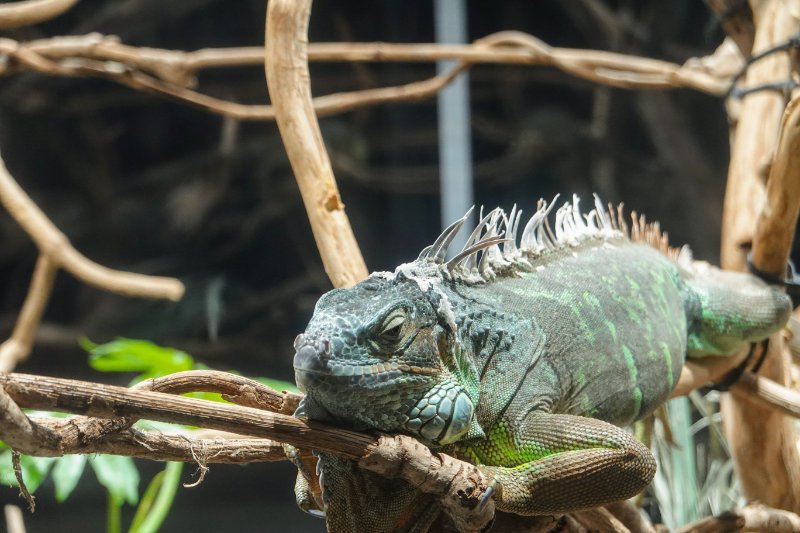
An iguana terrarium isn’t just a cage. It mimics the iguana’s natural habitat to a significant extent. Naturally, South American residents, iguanas love a warm climate. However, getting their living conditions right is not just about blasting the heat. A delicate balance of temperature, ventilation, and space is required. Having a well-equipped iguana terrarium is pertinent for the wellbeing of your pet, as improper housing is one of the critical reasons why iguanas, unfortunately, become the most “dumped” reptile.
Setting up an Iguana Terrarium to Mimic Natural Habitat
Picking the Right Material
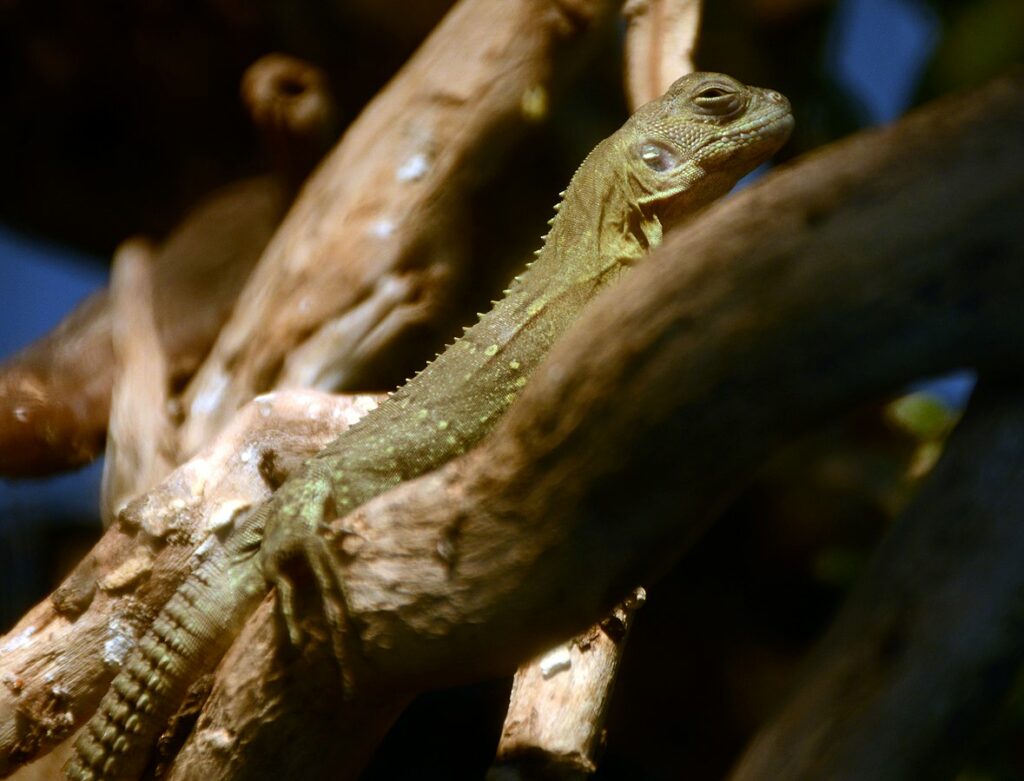
An ideal iguana terrarium must accommodate an animal that may weigh up to twenty pounds and reach up to six feet in length. Given the dimensions, a seemingly large glass aquarium may seem like a great idea, but it’s not. Wire mesh is an appropriate choice to balance the heat and ensure airflow. But, remember, the wire mesh should have small holes that the iguana cannot fit through.
Cover It Up
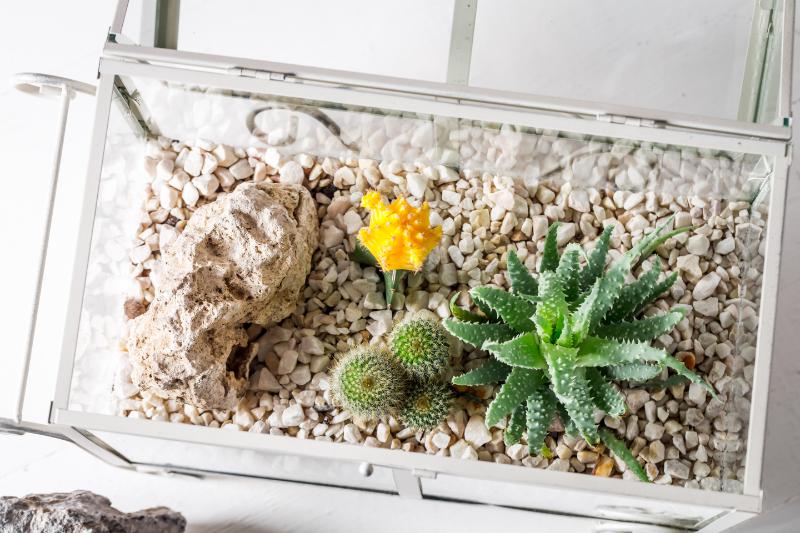
All iguana terrariums need a sturdy, snap-on wire mesh cover. As your pet grows stronger, it could potentially open the lid by itself. A wire can ensure that the lid remains secure, but beware of any loose wires that could harm the reptile.
Regulating The Heat
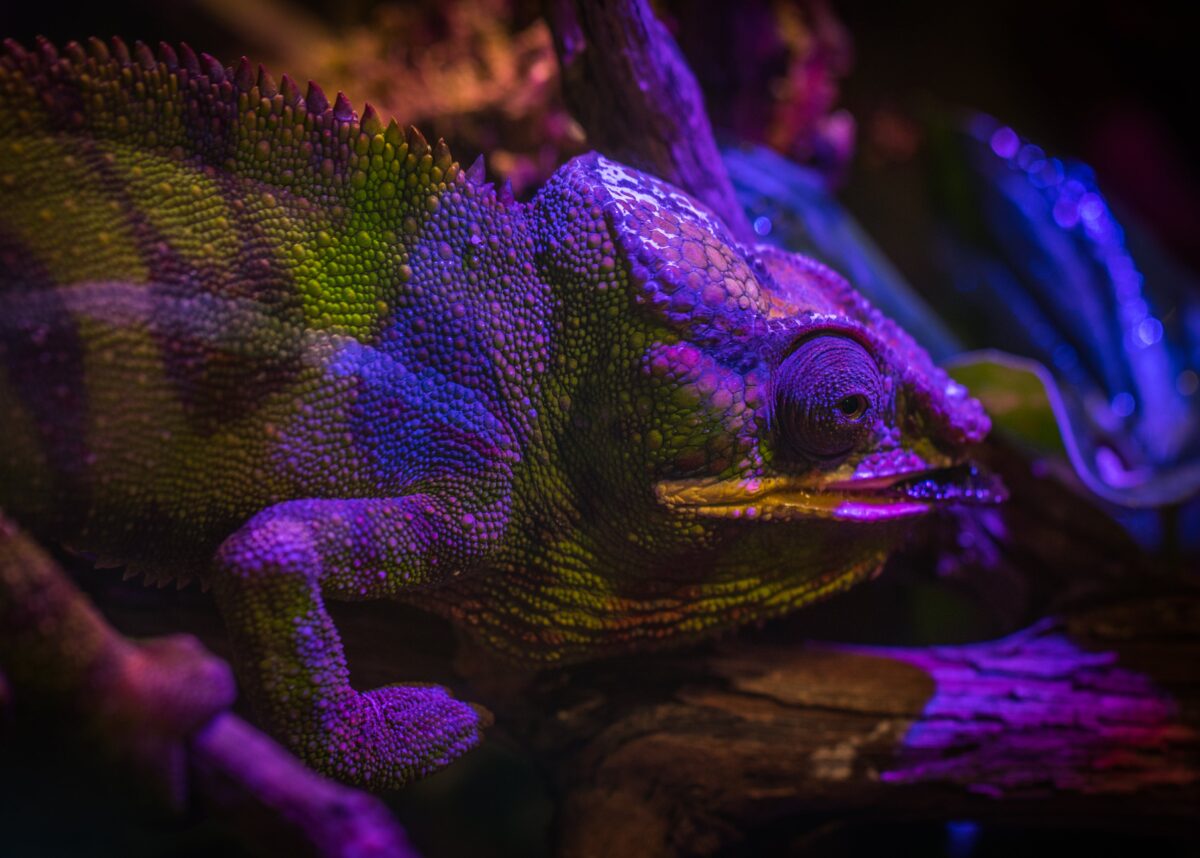
The temperature within the iguana terrarium should always remain above seventy-five degrees. However, the provision to move away from the light source should always be there in case it gets too warm. Therefore, consider building a staircase with perches, allowing your pet to choose a comfortable spot.
Feeding and Interaction: The Gateway to Bonding
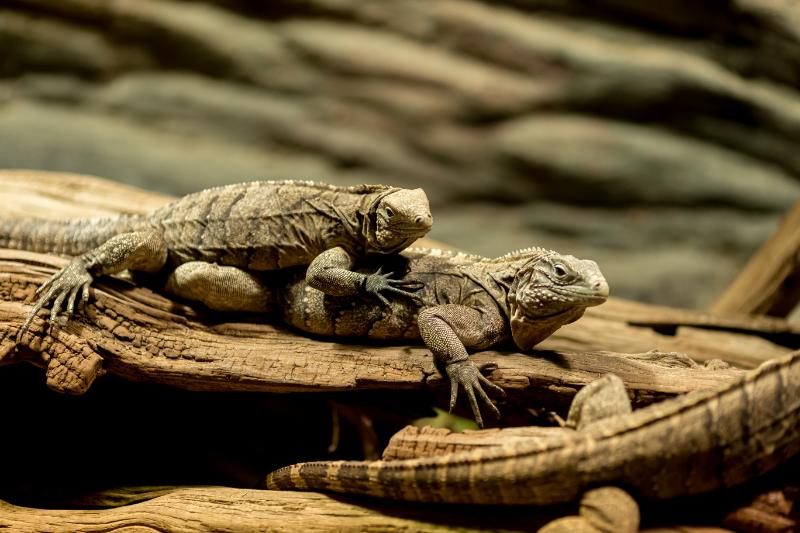
Iguanas are happy munchers of fruits, vegetables, and have a particular fondness for dandelions. Providing a feeding bowl is an option, but try hand feeding your pet every few days. It is an excellent way to bond and prevent them from becoming aggressive. Remember not to handle your pet too often; balance is key here.
- Let your iguana roam around the room for a while
- Ensure there’s nothing harmful in the room
- Do this sparingly, not daily
The Best Environments for the Iguana Terrarium
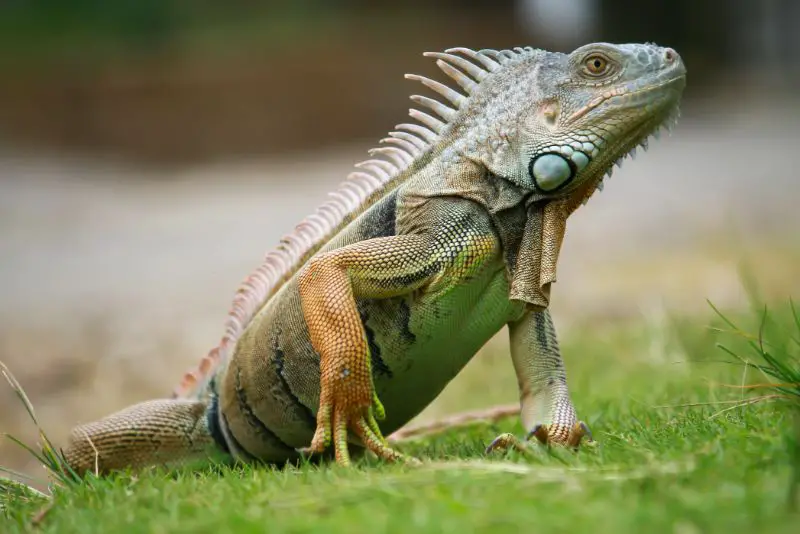
Consider every facet when designing an iguana terrarium. A well-crafted terrarium leads to a happier, healthier iguana and enriches your exotic pet owning experience.
Related Resources: